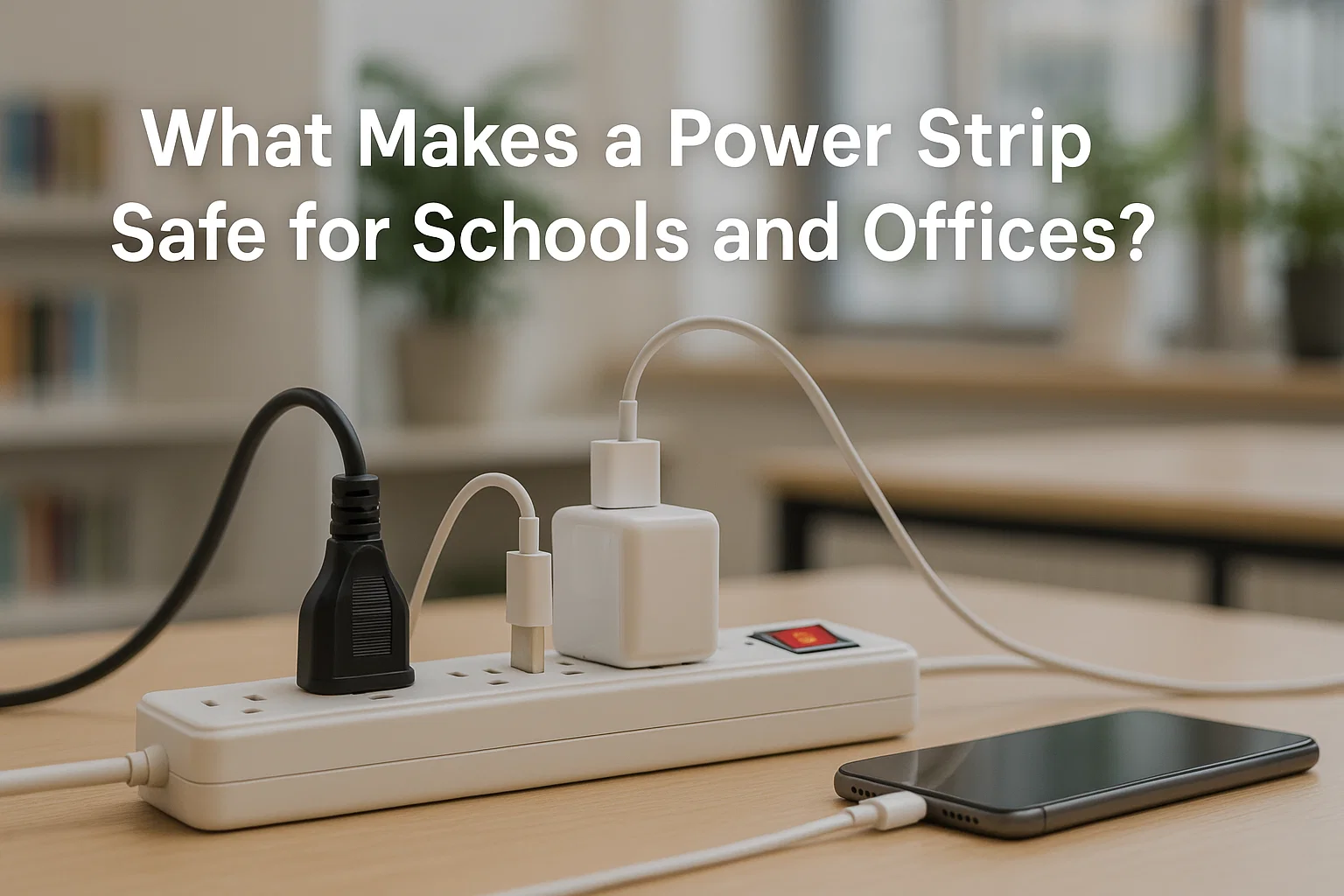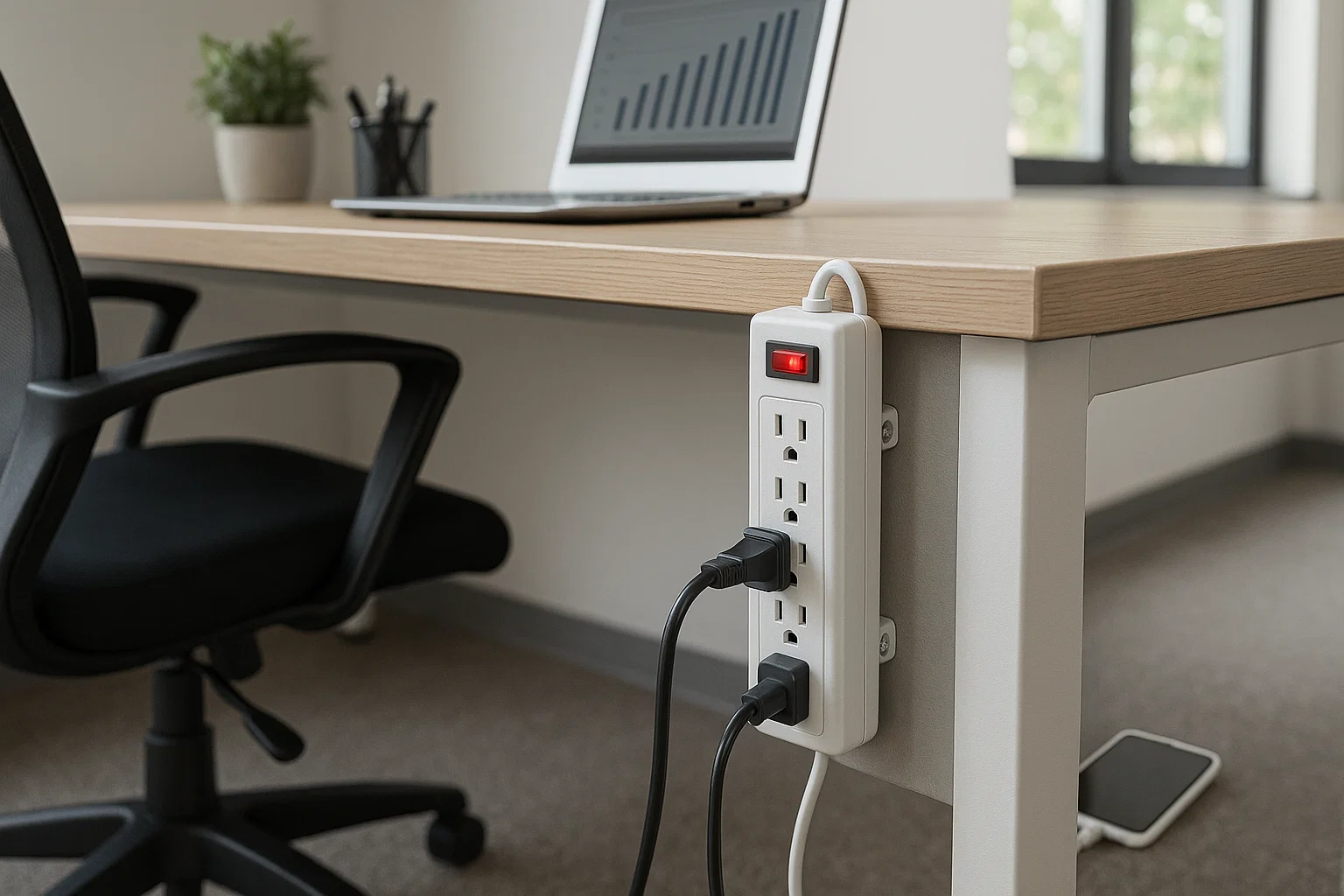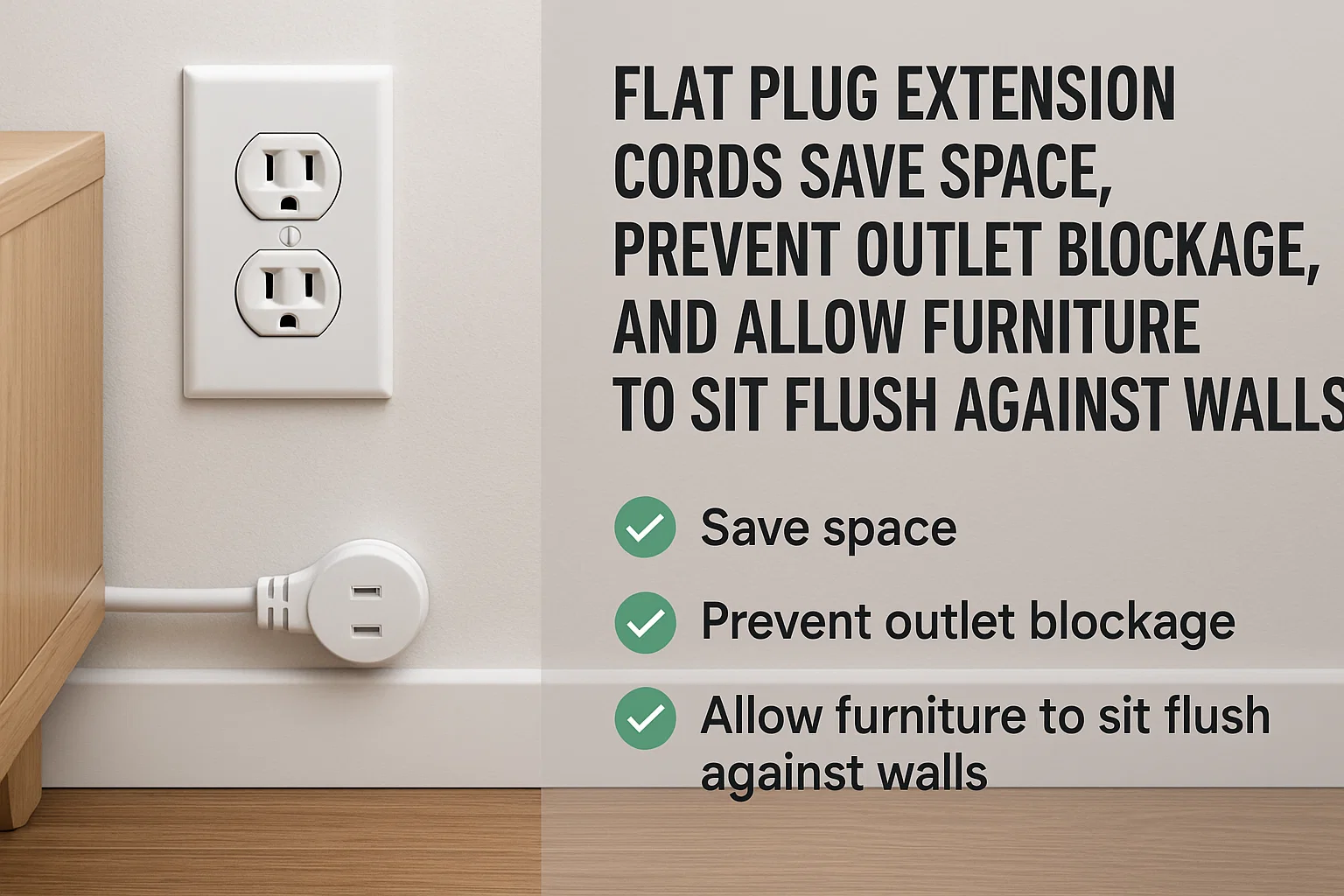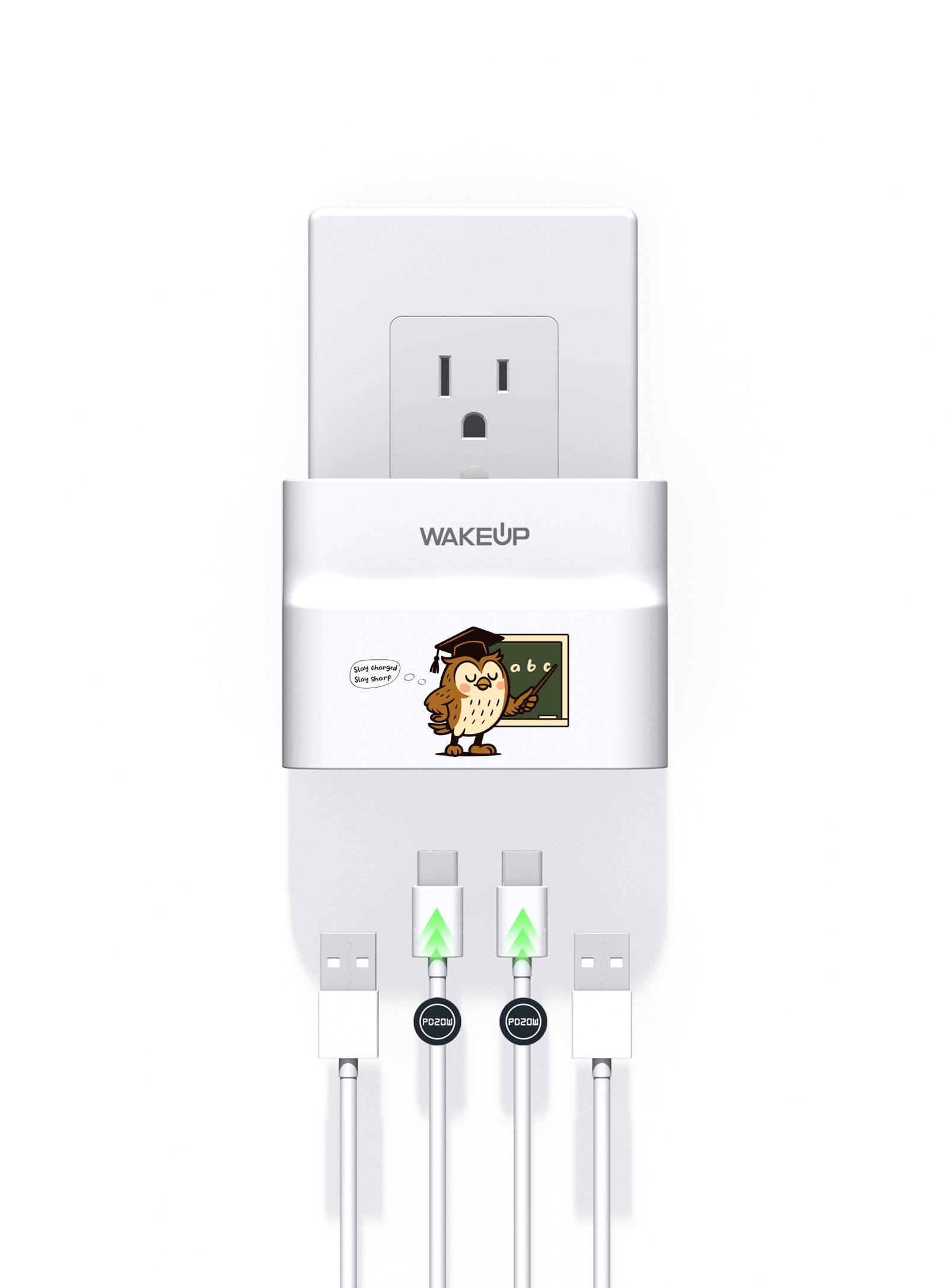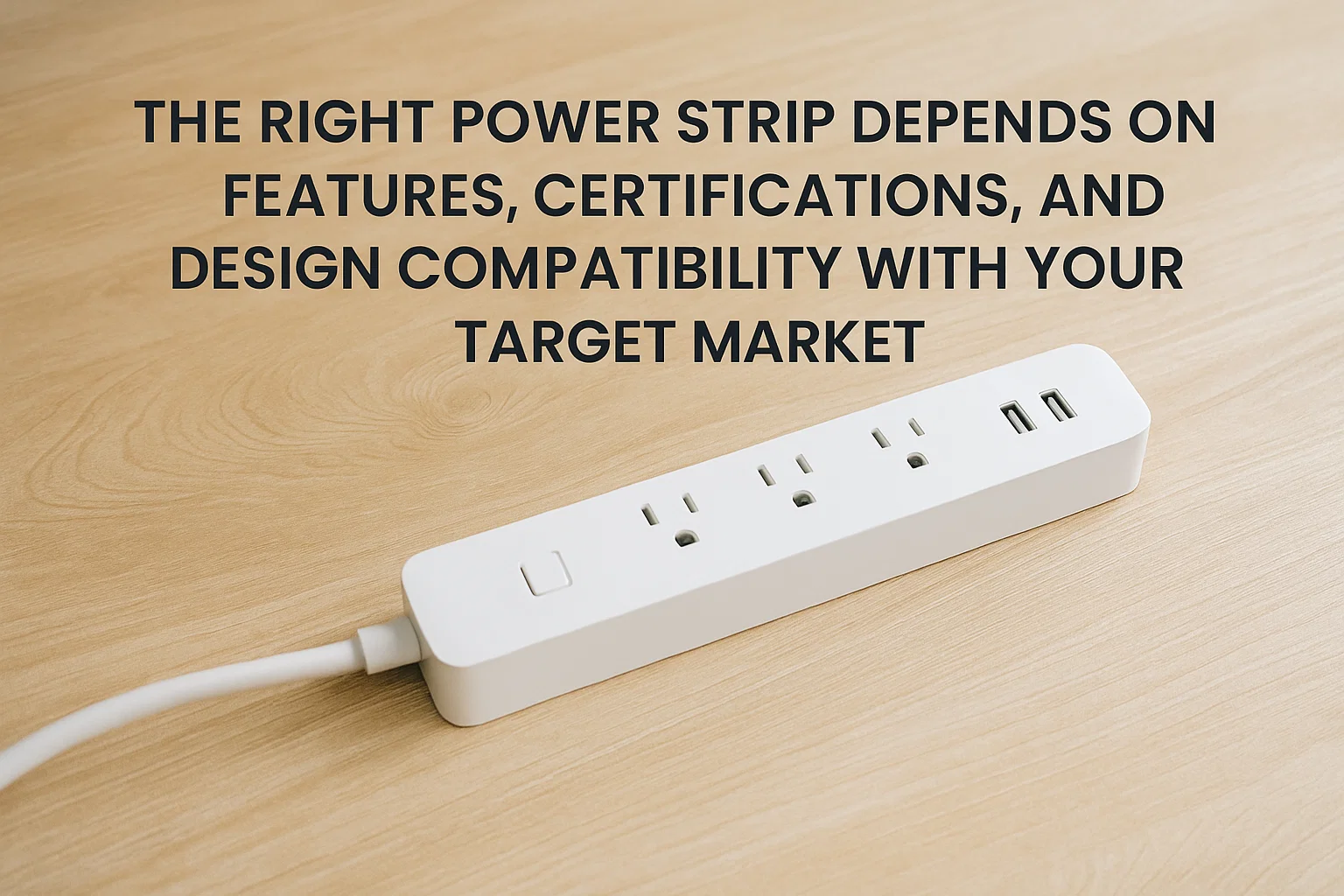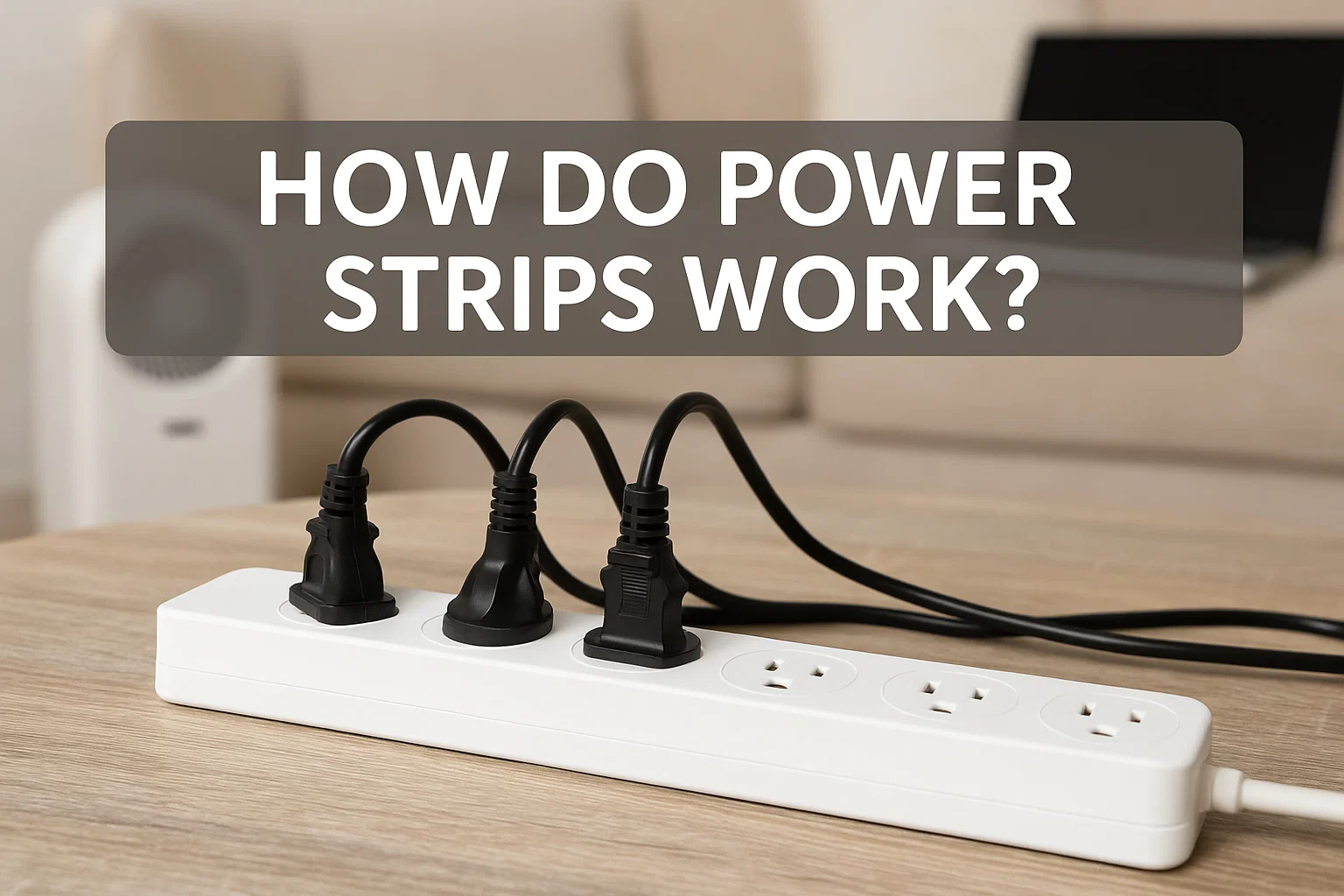
Power strips give you extra outlets—but how do they actually work behind the scenes?
A power strip channels electricity from one wall socket into multiple outlets using internal wiring, circuit boards, and optional protection features.
Let’s take a closer look to understand how it manages power distribution and safety.
What’s Inside a Power Strip?
It’s more than just a row of outlets. Several components work together to deliver and control power.
A power strip contains conductive wiring, a casing, switch, and sometimes safety features like circuit breakers or surge protectors.

The Key Internal Components
Whether it’s a basic strip or a feature-packed model, the essential parts include:
Core Components Table
| Component | Function |
|---|---|
| Copper Busbars | Distribute current to each outlet |
| Power Switch | Controls the flow of current to all outlets |
| Housing Shell | Protects the user and components (ABS or PC) |
| Sockets | Provide access to plug devices |
| Surge Protection (MOV) | Absorbs voltage spikes (in surge models) |
| Circuit Breaker | Cuts off power if overloaded (in protected models) |
These internal features are housed in fire-resistant plastic. In my experience with bulk orders, most commercial buyers prefer PC or ABS-rated material that meets UL or ETL standards.
How Does Electricity Flow Through a Power Strip?
The process is simple but efficient—power enters from the plug and splits to multiple outlets.
When plugged in, electricity flows from the wall socket through internal wiring to each outlet, regulated by switches or breakers.

Step-by-Step Power Flow
Here’s a simplified breakdown:
- Plug In – The strip is connected to a wall socket (typically 120V in the US or 230V in EU).
- Internal Wiring – Copper or brass strips (busbars) carry the current through the strip.
- Power Switch – Turning it on completes the circuit.
- Outlet Distribution – Current is available at each socket.
- Optional Protection – If the load is too high or a surge occurs, protection features are activated.
Power Flow Diagram Table
| Step | Component Activated | Description |
|---|---|---|
| 1 | Plug | Connects to AC mains |
| 2 | Wiring/Busbars | Routes electricity internally |
| 3 | Switch | Controls ON/OFF state of all outlets |
| 4 | Outlets | Supplies power to plugged-in devices |
| 5 (optional) | Breaker/MOV | Adds safety against overload/surges |
For OEM clients, I usually advise highlighting this power path in user manuals—especially for power strips that include USB or smart functionality.
Do All Power Strips Offer Protection?
No—some simply extend outlets, while others add safety features.
Basic power strips only split the outlet; advanced ones add surge protection, USB charging, or circuit breakers.

Different Types of Power Strips
Understanding the type helps you select the right product for different markets. For example, Canadian Tire may prefer models with built-in surge protection, while discount retailers may stock basic ones.
Types of Power Strips
| Type | Protection Features | Ideal Use Case |
|---|---|---|
| Basic Power Strip | None | Low-wattage, temporary setups |
| Surge Protector | MOVs (Metal Oxide Varistors) | Computers, TVs, home electronics |
| Power Strip with Breaker | Thermal circuit breaker | Kitchens, offices, retail stores |
| Smart Power Strip | USB, timer, app control | Home automation or hotels |
| Heavy-Duty Strip | High current, grounded plugs | Workshops, factories, industrial |
From a procurement perspective, combining features like surge + USB + breaker is a sweet spot for resale value. I’ve seen buyers double their ROI by choosing the right type for their target market.
How Do USB Power Strips Work?
They convert electricity to safely charge mobile devices directly.
USB power strips use internal converters to change AC to low-voltage DC, which can charge smartphones, tablets, and other gadgets.

Inside the USB Module
When your strip includes USB ports, there’s a separate circuit for power conversion:
- AC to DC Converter (Transformer + IC): Converts 120V/230V to 5V or higher (PD or QC)
- Smart IC Chip: Detects device requirements and allocates charging power
- Safety Regulator: Prevents overcurrent and overheating
USB Output Options
| USB Type | Output (Typical) | Function |
|---|---|---|
| USB-A | 5V 2.4A | Standard charging |
| USB-C (PD) | 5V–20V, up to 35W | Fast charge for laptops, iPads, MacBook Air |
| QC 3.0 | 3.6–12V, 18W | Qualcomm fast charge for Android devices |
I often recommend combining USB-A and USB-C on desktop strips. This appeals to offices and hotel applications where guests use various devices.
How Does Surge Protection Work Inside a Power Strip?
Surge protection is like a shield for your electronics.
MOVs inside the strip absorb sudden spikes in voltage, redirecting excess energy away from devices.

MOV (Metal Oxide Varistor) Function
MOVs detect abnormal voltage and react in milliseconds to suppress the surge. Once the spike is gone, they return to normal. However, repeated surges degrade MOVs over time.
How Surge Protection Works
| Event | Action Taken by MOVs |
|---|---|
| Lightning strike | Absorbs and diverts to ground line |
| Power surge | Limits voltage to connected devices |
| Normal voltage | No effect, passive component |
Many of our power strips use 450J–2450J MOVs, depending on market needs. For big-box stores like Walmart, higher joule ratings add marketing value.
How Do Reset Buttons or Circuit Breakers Work?
These safety features are critical in modern power strips.
Circuit breakers cut off power when the load exceeds safe limits, and the reset button lets you restore power after reducing the load.

Safety Through Interruption
If the total current exceeds the rated limit (usually 15A), the internal thermal breaker opens the circuit. This prevents overheating or fire. Once the load is reduced, the user can press the reset button to restore power.
Protection Mechanism Summary
| Feature | Trigger Condition | User Action Required |
|---|---|---|
| Circuit Breaker | Overload | Unplug load, press reset |
| Reset Button | Manual reactivation | Wait 1–2 minutes, then reset |
| Fuse (non-reset) | Overload or short circuit | Replace fuse |
I always recommend choosing strips with ETL-listed circuit breakers for US and Canadian markets. It reduces liability and gives customers peace of mind.
Conclusion
A power strip distributes electricity from a single socket to multiple outlets, often with added protection features like surge suppression, USB charging, and overload protection.

